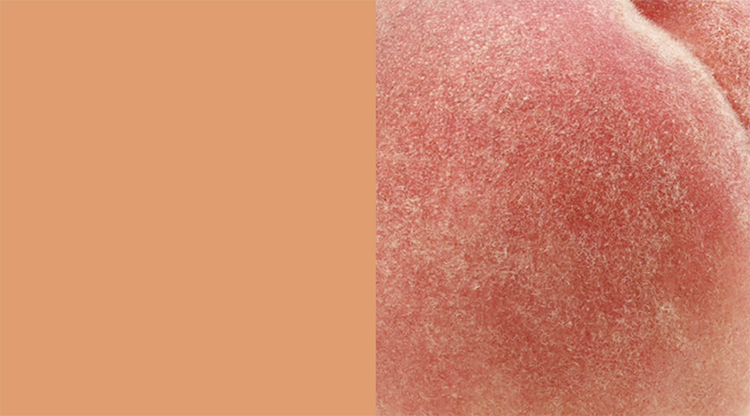
Peach Alongside A Peach (2024)
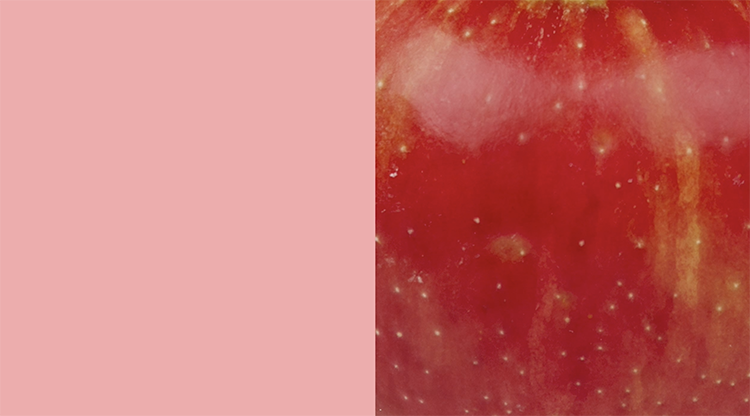
Red Apple Alongside A Red Apple (2024)
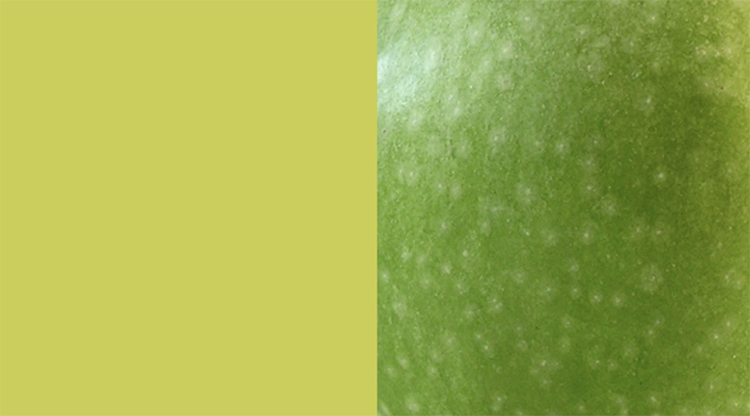
Green Apple Alongside A Green Apple (2024)
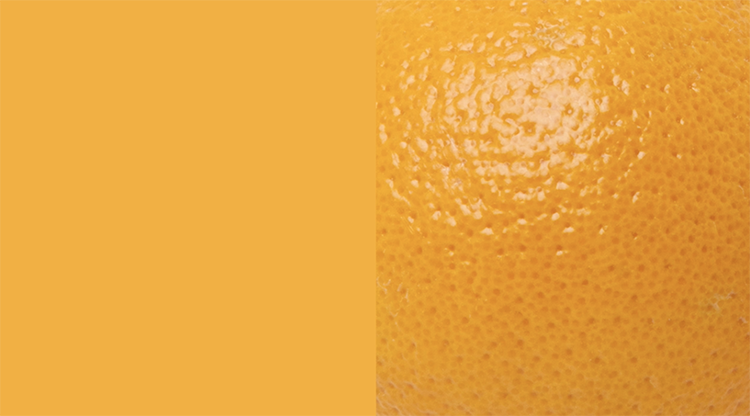
Orange Alongside An Orange (2024)
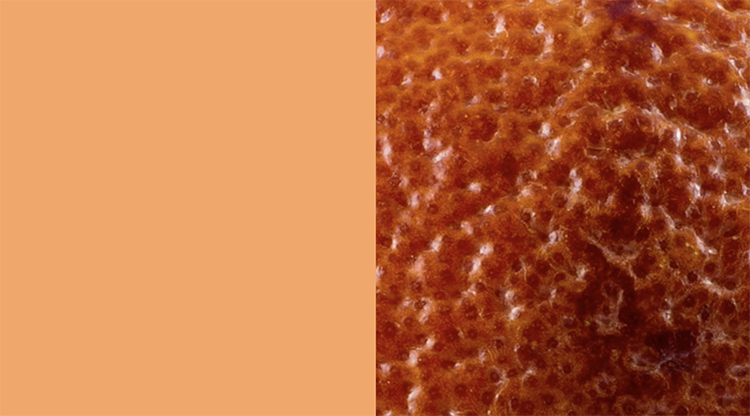
Blood Orange Alongside A Blood Orange (2024)
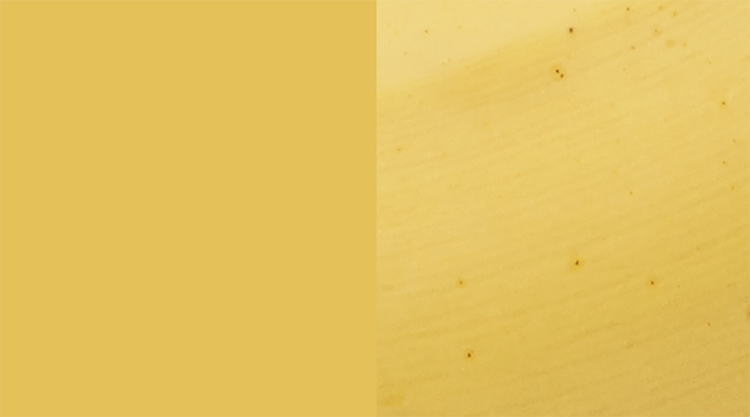
Banana Alongside A Banana (2024)
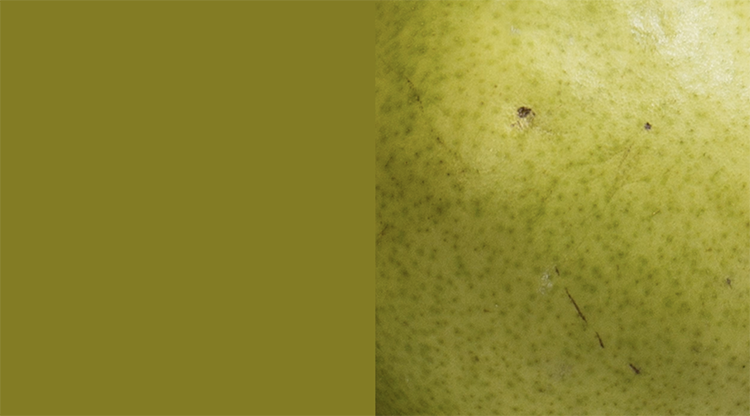
Pear Alongside A Pear (2024)
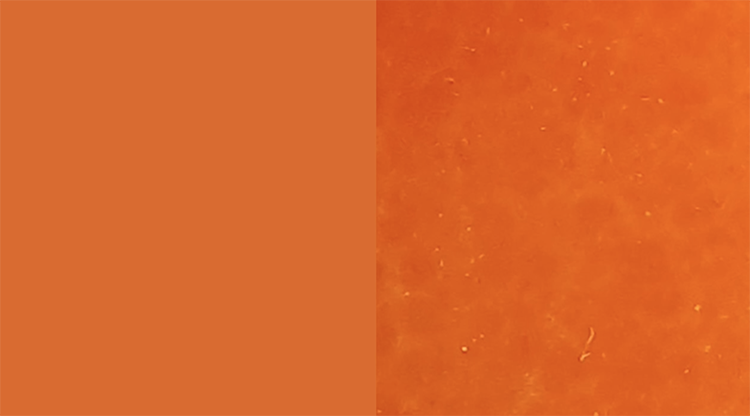
Persimmon Alongside A Persimmon (2024)
I developed this work as a tangent of spending time foraging fruit and exploring ways to make technological devices that detect when fruit is ripe. I’m fascinated by how we see and know the world through our senses, and how sensors, digital cameras, and computers see and know the world in similar and different ways.
One way we see fruit is as color. Computers can also see color. If we use a computer to look at the color of fruit, what might we see?
Each video was created using the same process. An image of a fruit was selected from Wikimedia Commons. This source for images was chosen because the images of fruit there are generic. A square was cut from the center of the image, to capture as much of the surface of the image as possible, but without background, so that the selected square was entirely of the fruit. Each square was sized to match, by dimensions and the number of pixels. I used a script, then, to look at each image: moving through the image, pixel by pixel (left to right, top to bottom), and saving each pixel as an individual image file. These individual image files for each fruit were then assembled into a video sequence.
It turns out that the image taken apart and made unrecognizable can still be seen and known, in curious ways. These videos are meditative. There’s no meaning to them. They’re simply the color of fruit, seen differently, for us to see.
In one version of the videos, the extracted pixels are presented alongside a representative image of the fruit. These videos are silent.
In another version of the videos, the extracted pixels are presented visually alone, but accompanied by a soundtrack. The soundtrack is optional. Each soundtrack is distinct to the fruit. The soundtracks were created by extracting color information from each pixel and using that information as the basis for procedurally generating audio from data.
After creating these videos, I realized that Casey Raes created similar works decades ago. I’d likely seen that work before, and I used sample Processing code to step through the pixels of each fruit image. So, undoubtedly, this work is influenced by and indebted to Raes. Thank you, Casey Raes.